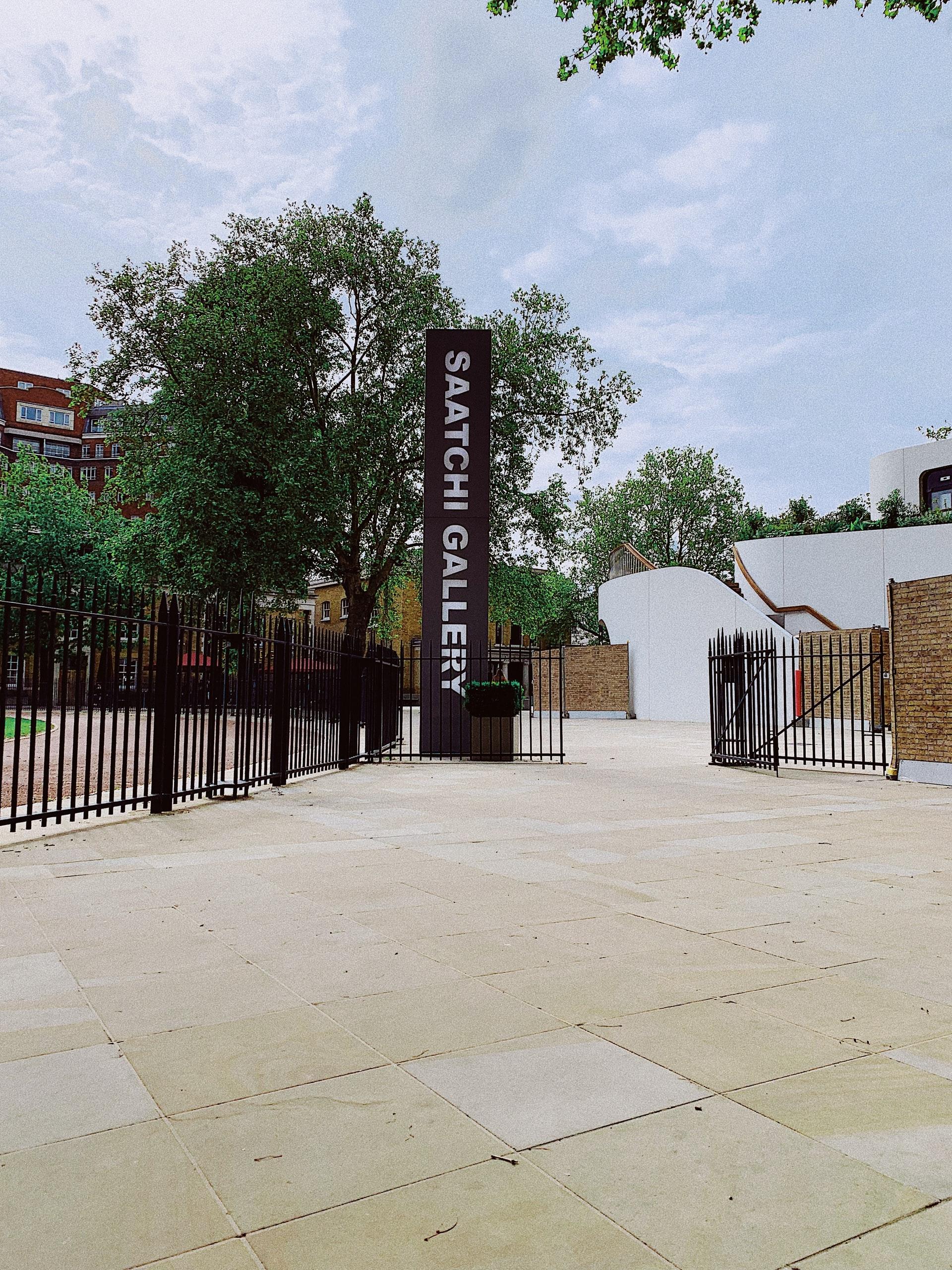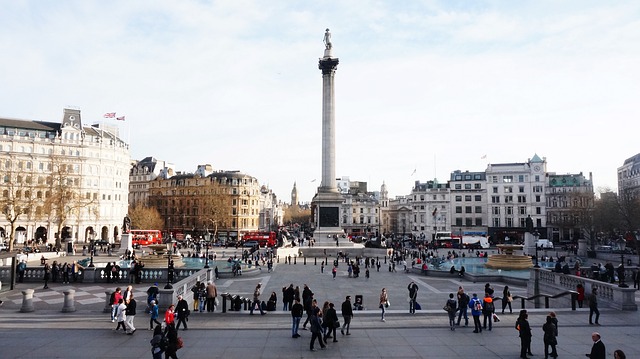Chelsea
The London borough of Chelsea has been considered a prestigious destination almost since it was founded in 776. Certainly, until the 19th century, it was just a suburb. And in 1965, through the merger of the two districts of the county of London, the Royal Borough of Kensington and Chelsea was formed.
Chelsea – not the most popular tourist area, but rather home to luxury homes, chic boutiques and stylish restaurants. Initially, aristocrats settled here, and to this day the area has not lost its respectability. One of the streets is aptly named King’s Road – “Royal Road”, which is home to the shops of the world’s leading brands.
In Chelsea, you can simply walk and look at the houses where famous people once lived. The writer Mark Twain lived on Tight Street at number 23 in the late 19th century and at number 34 – Oscar Wilde. Margaret Thatcher lived on Flood Street. Writer Jonathan Swift wrote The Adventures of Gulliver here, and Agatha Christie wrote the detectives The Witness for the Prosecution and The Narled House. In addition, the Rolling Stones and the Beatles spent part of their lives in Chelsea. Many of the houses have plaques showing the former residents of the neighbourhood, from Jonathan Swift to the Rolling Stones, as well as many other famous people from different eras, including Margaret Thatcher.
Stamford Bridge
Perhaps Chelsea’s most famous landmark, even for non football fans, is the FC Chelsea Stadium, officially called Stamford Bridge. It is one of the ten largest stadiums in England. A visit to the stadium, including the Century Museum, costs between £16 (2 adults) and £48 (family visit). They take place Monday to Friday at 11am, 1pm and 3pm, and at weekends – at 12 noon and 2pm. The stadium is located in Fulham Road, London, and the nearest Tube station is Fulham Broadway on the District Line.
Video
Chelsea Pharmacy Garden
A place that will not only be interesting, but also pleasant to walk in is Chelsea’s physical garden. Founded in 1673, it is only second in age only to the Oxford University Botanic Garden. Here you can see over 5,000 rare species of medicinal plants, near which are plaques with descriptions. You can visit it from 1 April to 31 October, completely free of charge. The garden is open to the public: Tuesday to Friday from noon to 5pm and Sunday until 6pm. Address: 66, Royal Hospital Road. Nearest tube station: Sloane Square on the District or Circle lines.
Royal Hospital
The Royal Hospital Chelsea attracts tourists to the annual Chelsea Flower Show – the largest garden show in Europe. In addition, there is the National Army Museum. You can visit the hospital for free if you are alone or if your company has less than 10 people. And groups of 10 to 30 people pay £30 for all. Some of the museum’s exhibitions may also be subject to a charge. The hospital is open to tourists Monday to Saturday from 10am to 12 noon and 2pm to 4pm, and excursions take place exclusively during the week at 10am and 1.30pm. The metro will take you to Sloane Square station on the District or Circle lines.
Charles Saatchi Contemporary Art Gallery
Since 2008, the gallery has occupied a former barracks in the Chelsea neighbourhood. One of the most unusual museums of contemporary conceptual art is on 4 floors. High ceilings and spacious rooms, a bookstore, bar and restaurant and – an exhibition that changes periodically. The gallery always strives to work with young and interesting artists, or with established authors whose work is rarely seen in England. The exhibition changes from time to time, the effect on visitors remains unchanged – it is shock, awe, often perplexity and almost always amazement. The most famous works of art in the gallery’s existence are the controversial works of Demian Hirst and Mark Quinn, including animals cut and placed in formaldehyde and heads cast in frozen blood. Address: London, seat of the Duke of York, King’s Road. Opening hours: 10am – 6pm, ticket office closes at 5.30pm. Admission is free.







